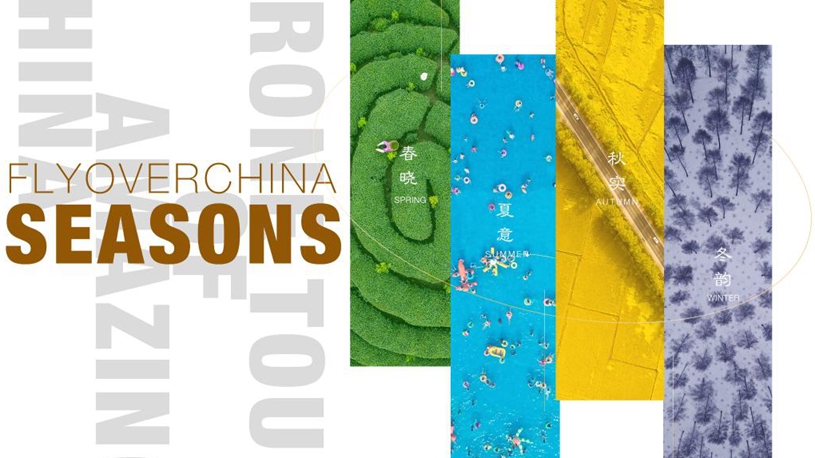
A black rhino with an injured eye is seen at Ol Pejeta Conservancy in Laikipia County, Kenya, Feb. 4, 2023. (Xinhua/Han Xu)
The Kenya Wildlife Service (KWS) is currently undertaking a rhino ear notching and fitting of transmitters exercise on the iconic species at the Lewa Wildlife Conservancy and the Borana Wildlife Conservancy, which are located north of the Kenyan capital of Nairobi.
NAIROBI, March 11 (Xinhua) -- The Kenya Wildlife Service (KWS) is currently undertaking a rhino ear notching and fitting of transmitters exercise on the iconic species at the Lewa Wildlife Conservancy and the Borana Wildlife Conservancy, which are located north of the Kenyan capital of Nairobi.
The KWS said that during the exercise, 40 rhinos, both black and white, are set to be ear notched and ten black rhinos will be fitted with transmitters that can monitor their movement.
"Ear notching is carried out after every two to three years in all rhino sanctuaries to ensure that at least 60 percent of all rhinos are uniquely identifiable," the KWS said in a statement released on Friday.
The state conservation agency added that rhino ear notching and transmitter fitting is an important aspect of rhino conservation, as it enables rhino monitors to easily track and identify the endangered species in the field and in the office via software for enhanced security surveillance and conservation.
The KWS noted that Kenya holds the third-largest rhino population in the world. ■












